1. Amazon Is No Longer Absorbing Carbon, It’s Releasing It
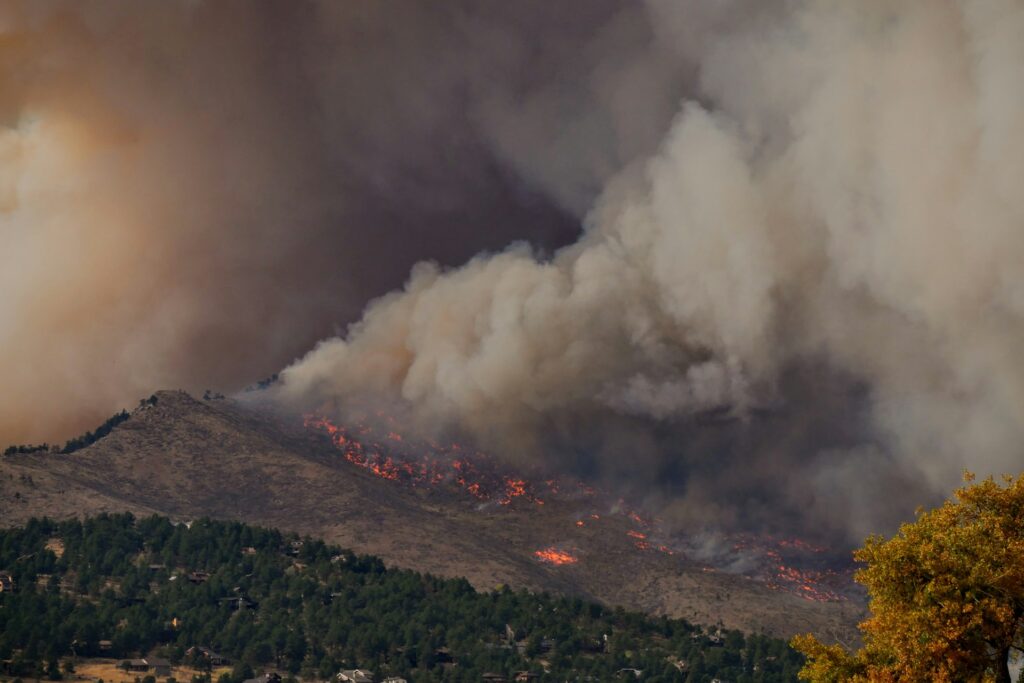
For decades, the Amazon Rainforest was one of the world’s largest carbon sinks, absorbing billions of tons of carbon dioxide and helping to regulate the planet’s temperature. The dense canopy of trees and vast plant life worked like a massive natural air purifier, pulling carbon dioxide from the atmosphere and storing it in plant matter. This process helped to slow the effects of climate change by reducing the buildup of greenhouse gases. Scientists once relied on the Amazon to be a powerful ally in the fight against global warming. According to Time, recent studies have revealed a shocking reversal: the Amazon is no longer absorbing carbon—it is now emitting more than it stores.
2. Rainforest’s Disappearance Is Disrupting Global Rainfall
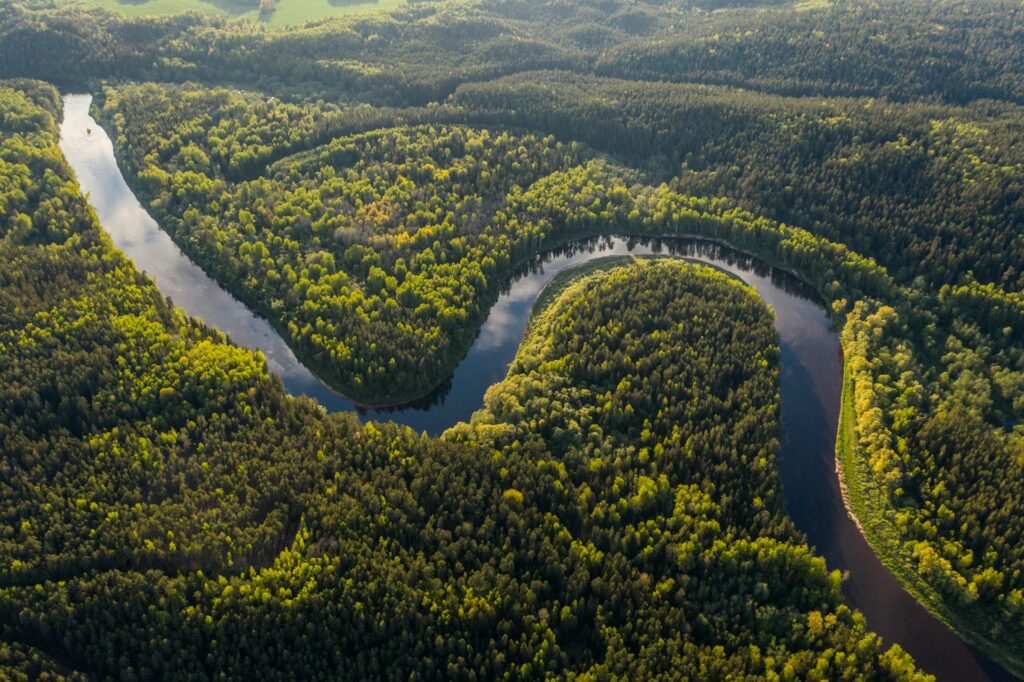
The Amazon Rainforest plays a crucial role in regulating rainfall patterns not just in South America but around the world. It does this through a process called “flying rivers,” where trees release moisture into the air, creating massive water vapor streams that travel across continents, according to MirageNews. These flying rivers help sustain agriculture, replenish freshwater supplies, and maintain global weather stability. However, as the Amazon shrinks, these vital moisture cycles are breaking down, leading to severe droughts in areas that once relied on the rainforest’s rainfall production.
3. Collapse in Biodiversity Could Lead to Mass Extinctions

The Amazon Rainforest is home to a staggering 10% of the world’s known species, including plants, animals, and insects, many of which exist nowhere else on Earth, according to Britannica. Scientists are alarmed by the accelerating destruction of this biodiversity hotspot as habitat loss, deforestation, and climate change push countless species toward extinction. The Amazon contains an immense variety of species—from jaguars and pumas to the elusive Amazon river dolphin and the brightly colored poison dart frogs. Unfortunately, many of these species are being driven to the brink of extinction before we even have a chance to fully understand their ecological roles or potential uses.
4. Amazon River Is Drying Up, Threatening Millions of People
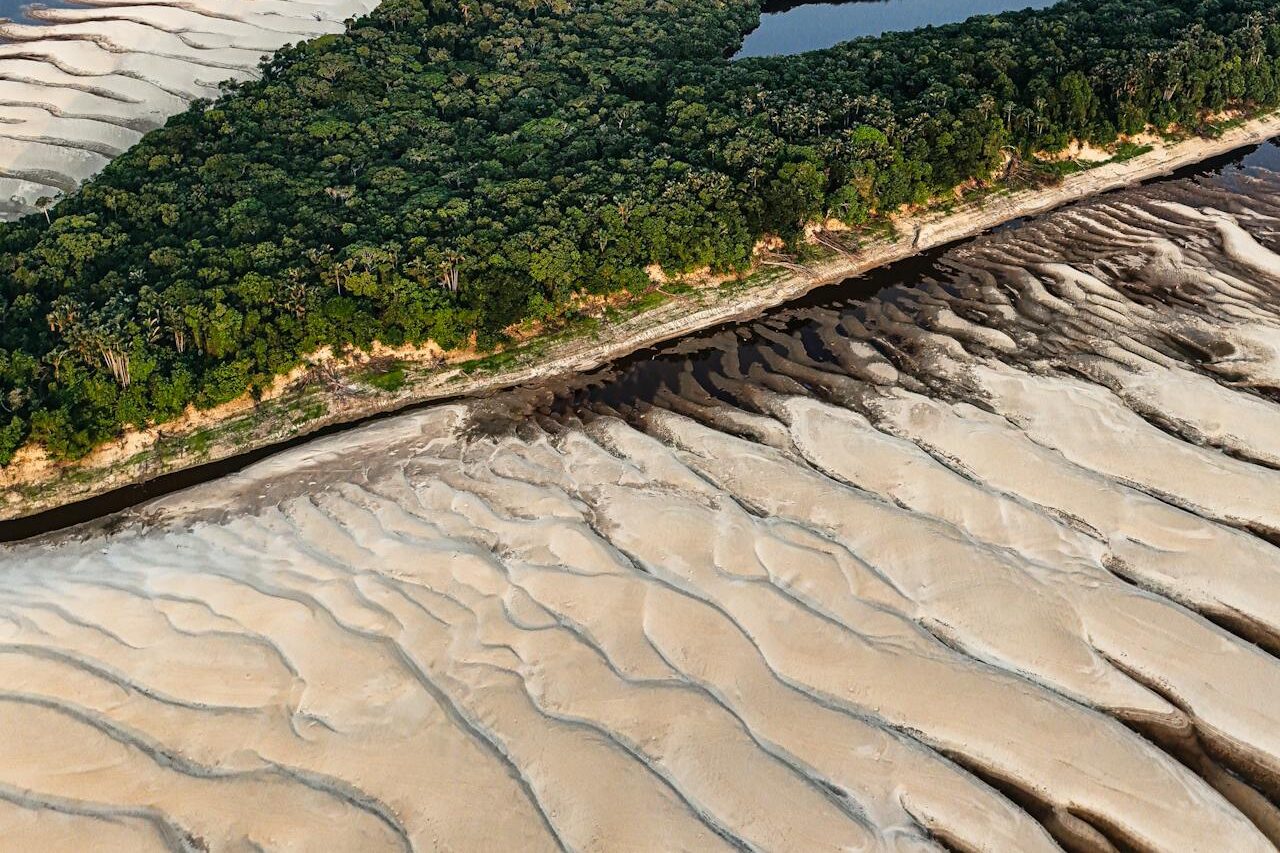
The Amazon River is the second-longest river in the world, winding its way through the heart of the rainforest and providing freshwater to millions of people. For centuries, it has been the lifeblood of countless indigenous communities, providing water, transportation, and food. However, the river is now facing an existential threat due to deforestation and climate change. Recent studies indicate that parts of the Amazon River are drying up at an alarming rate, and scientists warn that this could have catastrophic consequences for the millions of people who depend on it for their survival.
5. Disappearance of Trees Is Making the Amazon Hotter and Drier
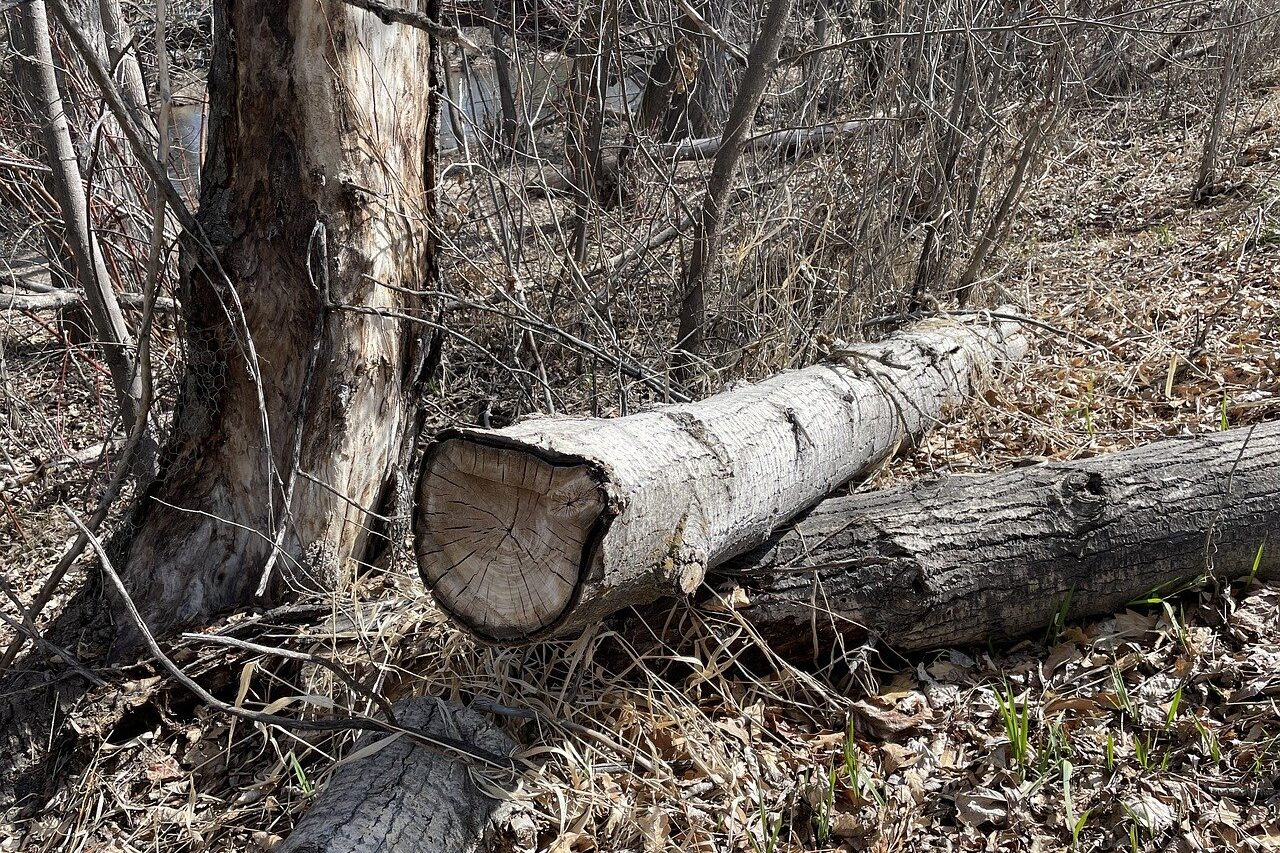
The Amazon’s dense tree canopy plays a critical role in regulating temperature and humidity, ensuring the ecosystem remains balanced and livable. The trees absorb moisture from the soil and release it into the air, maintaining a humid environment that supports the rainforest’s incredible biodiversity. However, deforestation has caused a dangerous shift in this balance. With fewer trees, the rainforest is experiencing higher temperatures and lower humidity, which is making it harder for plants and animals to survive.
6. Destruction of the Amazon Is Fueling Deadly Wildfires

Wildfires in the Amazon have become an increasingly common and devastating phenomenon in recent years. These fires, which are often set deliberately to clear land for agriculture, have become a major driver of the rainforest’s destruction. Unlike in other parts of the world, wildfires in the Amazon are not a natural occurrence. The Amazon’s humid environment typically prevents fires from spreading, but as deforestation reduces the forest’s ability to retain moisture, wildfires have been able to spread more easily, according to the BBC. The fires are not only destroying the forest, but they are also releasing enormous amounts of carbon dioxide into the atmosphere, exacerbating global warming.
7. Indigenous Communities Are Being Driven From Their Lands

The indigenous people of the Amazon have lived in harmony with the rainforest for thousands of years, practicing sustainable agriculture, hunting, and gathering in a way that supports the ecosystem’s delicate balance. However, with increasing deforestation, illegal logging, and land grabbing, many indigenous communities are being forced from their ancestral lands. Scientists and human rights organizations have reported alarming levels of violence, displacement, and destruction of indigenous territories.
8. Loss of Amazonian Rainfall Is Threatening Global Agriculture
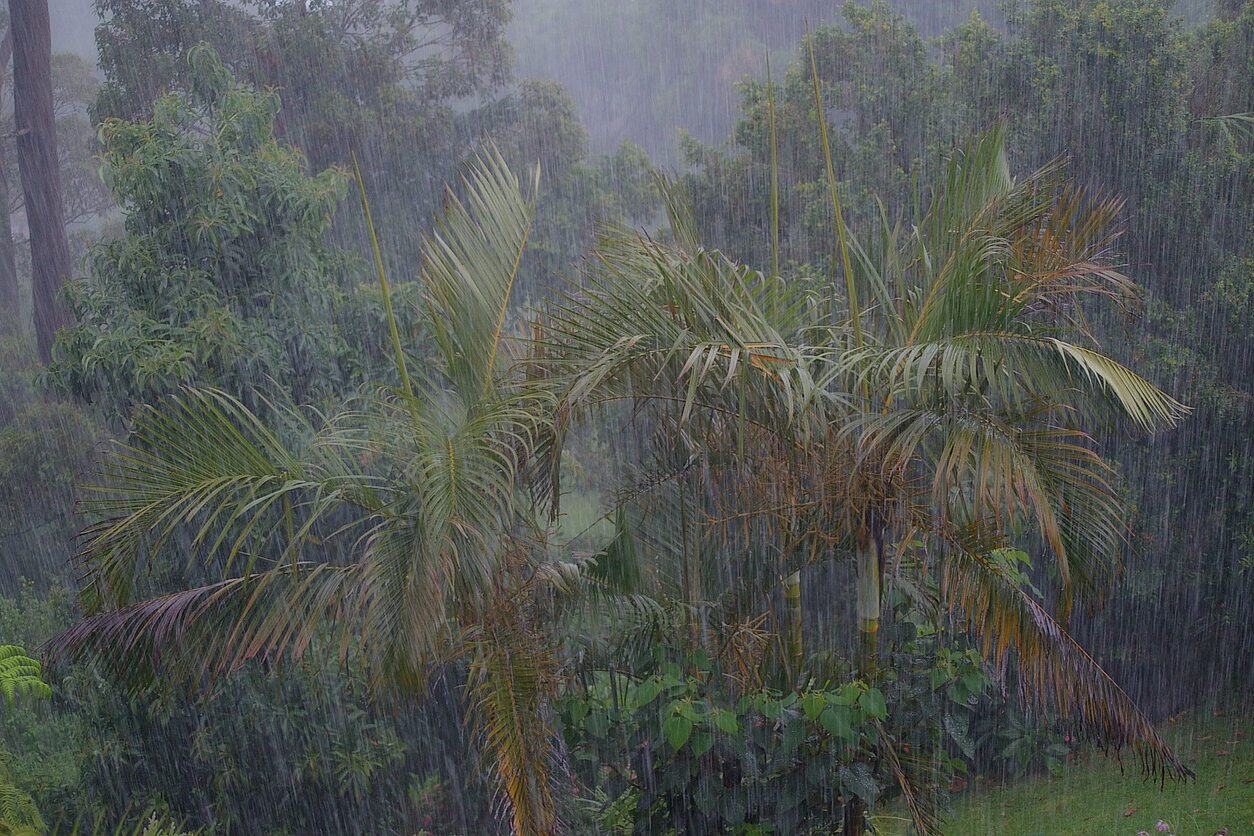
The Amazon is not just vital for the local climate—it plays a central role in regulating global rainfall patterns. The moisture released by the forest into the atmosphere helps sustain rainfall not only across South America but also in parts of the United States, Europe, and Africa. As deforestation disrupts this moisture cycle, scientists have found that droughts are becoming more frequent and severe in regions that rely on Amazonian rainfall to support agriculture.
9. More Deadly Diseases Are Emerging from the Amazon
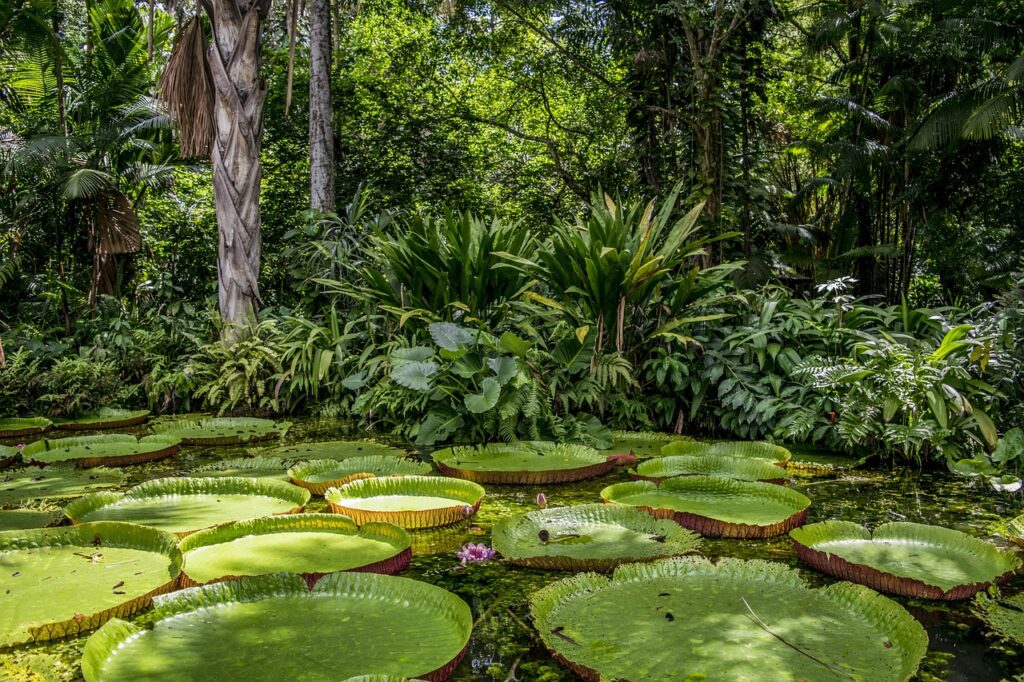
The destruction of the Amazon is not just an environmental issue—it is also a public health crisis. Scientists have found that as the rainforest is destroyed, humans are coming into closer contact with wildlife, increasing the likelihood of disease transmission. When animals like bats, monkeys, and rodents are forced out of their habitats due to deforestation, they often seek refuge in human settlements, bringing with them diseases like Zika, yellow fever, and malaria.
10. Amazon Is Becoming a Net Producer of Greenhouse Gases
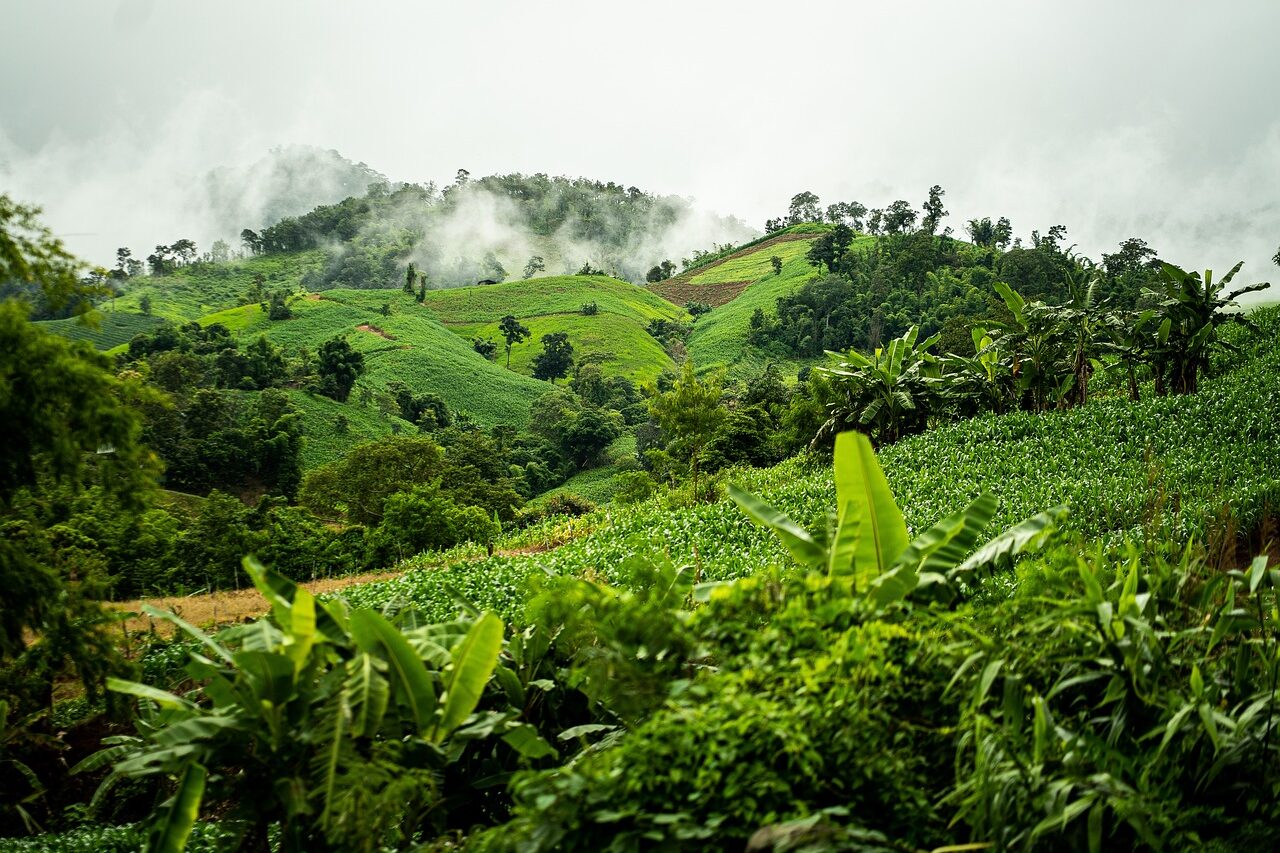
The Amazon Rainforest has long been considered one of Earth’s largest carbon sinks, helping to mitigate climate change by absorbing and storing large amounts of carbon dioxide. However, the increasing destruction of the forest is causing a disturbing shift. As deforestation continues, large areas of the Amazon are no longer functioning as carbon sinks. Instead, these areas are releasing more carbon than they absorb, contributing significantly to global warming. This change is a direct result of widespread deforestation, illegal logging, and the clearing of land for agriculture.
11. Freshwater Fish Populations Are Collapsing
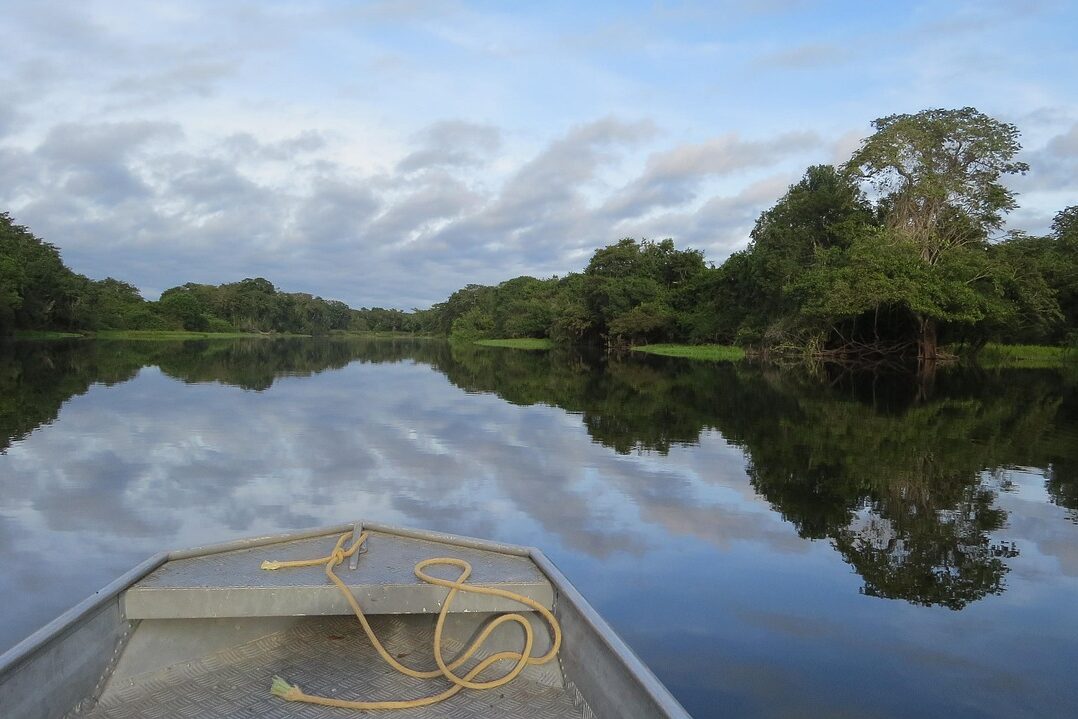
The Amazon River and its tributaries are home to one of the most diverse aquatic ecosystems on Earth, with an estimated 2,500 species of freshwater fish. Many of these species, such as the giant river turtle, arapaima, and electric eel, are found nowhere else in the world. However, the loss of the Amazon’s vital habitats due to deforestation, pollution, and overfishing is causing a dramatic collapse in fish populations.
12. The Amazon’s Disappearance Is Accelerating Ice Melt in the Arctic

It may seem surprising, but recent scientific research shows that the Amazon’s decline is having a profound impact on the Arctic. The destruction of the rainforest and its associated changes to global weather patterns are contributing to the rapid melting of Arctic ice. The Amazon helps regulate the Earth’s climate through a complex system of moisture release and carbon absorption. When the forest is destroyed, it disrupts global air currents, which affects temperature and precipitation patterns worldwide.
13. The Rainforest Could Reach a Point of No Return
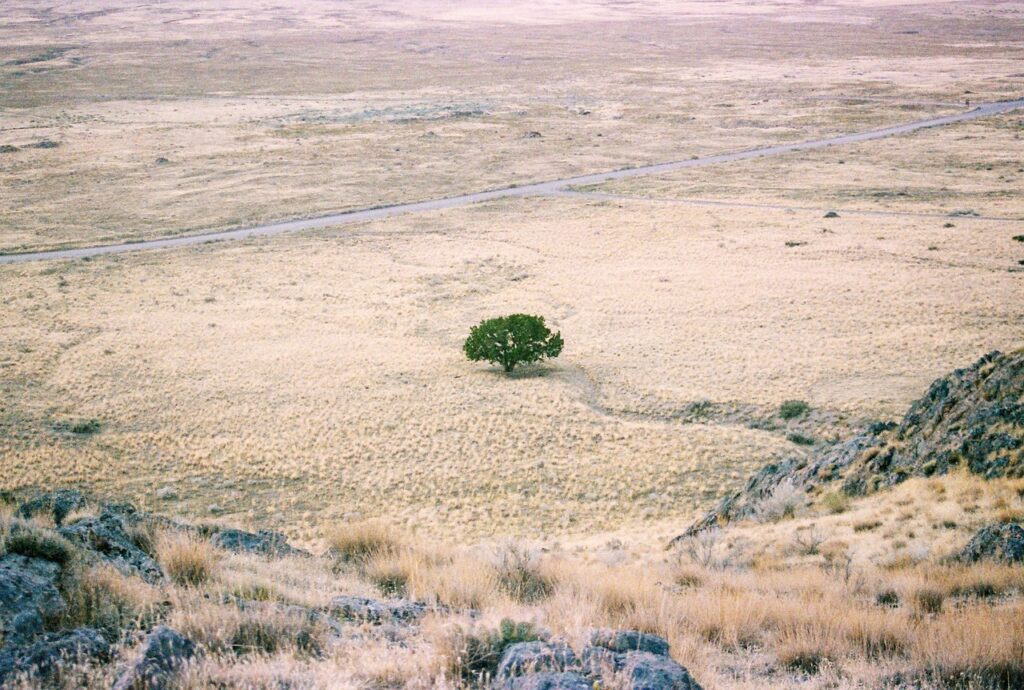
Perhaps the most alarming discovery about the Amazon is that it is approaching a point of no return. Scientists have warned that if deforestation continues unchecked, the Amazon could reach a tipping point beyond which it will be impossible to restore it to its original state. This tipping point occurs when deforestation and environmental degradation cause the forest to collapse into a completely different ecosystem—one that is drier, less biodiverse, and unable to support the same range of life.


